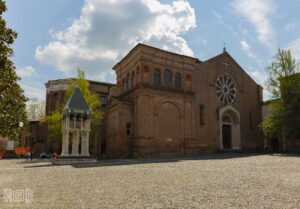San Giovanni in Monte in Bologna is one of the places that most experienced historical changes during the centuries.
Now, it is a University campus, but its walls welcomed at first a convent, then a prison.
Over time, San Giovanni in Monte had multiple functions and, consequently, different valuations of its spaces. It was the convent of the Canons Lateranens, a place for meditation and prayer, where to find moral regeneration and get away from the miseries of everyday life. Afterwards, it became a prison and drastically changed the values and manners it had when it was a convent.
Today it is a University Campus, in particular the one of History and Cultures: a place of dialogue, enrichment and training.
Did you know that the University of Bologna is the oldest in the western world? Come discover it in our article
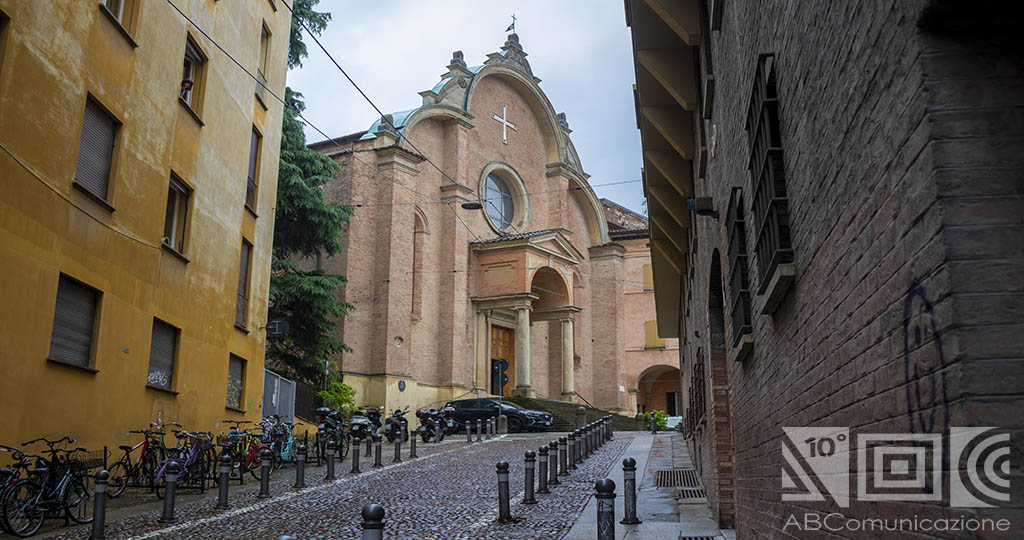
San Giovanni in Monte: the church
The church of San Giovanni in Monte is one of the oldest of Bologna. It is a symbolic space, which became a reference point for both culture and religion.
According to the tradition, the old church of San Giovanni in Monte was built by Saint Petronio, bishop of the city during the 5th century. The church was built over the remains of a pagan sanctuary. The Complex of San Giovanni in Monte was supposed to be part a project that involved the reconstruction of the places of worship of the Holy Land, an idea of Petronio himself. In this plan, the attention was mostly on the Complex of the Seven Churches, representative of Jerusalem. San Giovanni in Monte was supposed to represent Mount Olive; Saint Stefano Street the valley of Josaphat and De’ Pepoli Street the river Hezekiah.
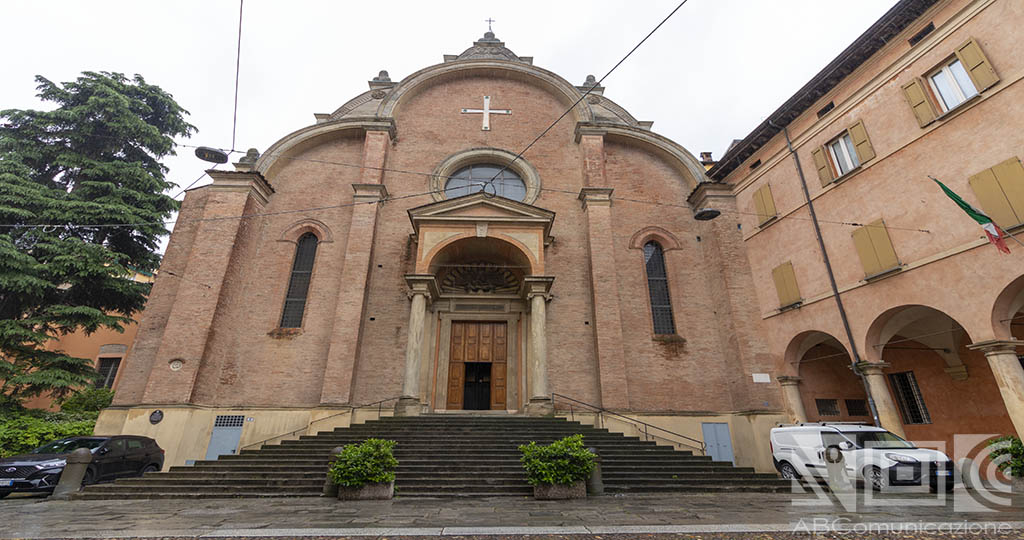
San Petronio was a very important bishop of the city, if you want to discover the Basilica in his honor, come discover with us the Church of San Petronio in Bologna
Architecture and artistics notes of the Complex
From the documentation we have, it is possible to state that San Giovanni in Monte was founded in the 10th century. It then had some rebuildings starting from 1286.
The present building is from 1543-1549, and it was designed by the architect Antonio Morandi, called the Terribilia. In particular, he created the two cloisters. The smallest features a “rustic style”, based on the model of Palazzo Tè of Mantova by Giulio Romano, which was on trend during that period. The biggest cloister, instead, follows a “doric style”, more in line with bolognese and ferrarese taste of the time.
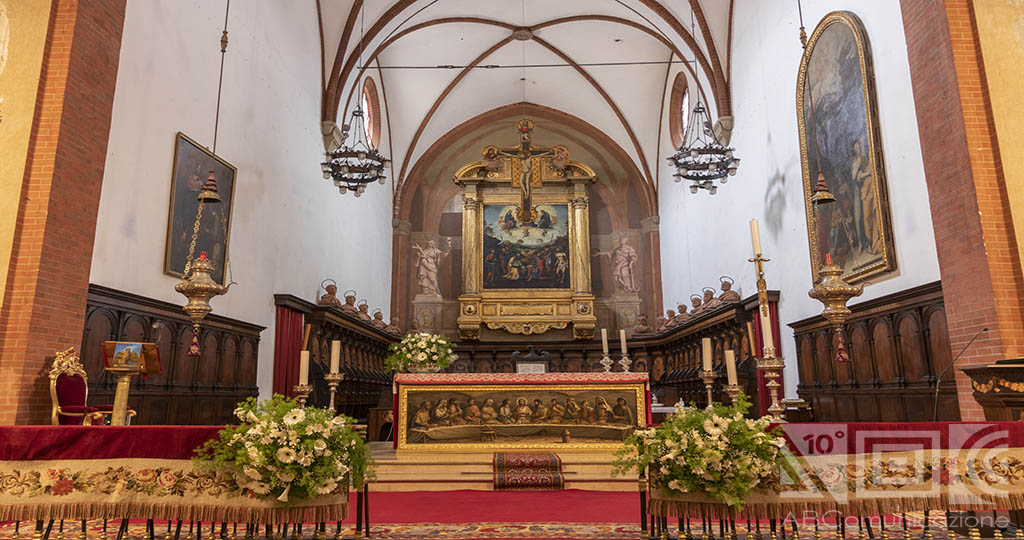
In general, the architectural model of the convent consolidated between the 12th and the 16th century, as a complex and self-sufficient structure, with big volumes, wide cloisters and a courtyard. The caracterisation of this convent is to be connected to the activity of the Canons Lateranens. In fact, during the 16th century, the bolognese convent was one of the most important and culturally active places of the area.
This Complex comprehended two parts: one made by the small cloister and the rustic loggia, the other made by the big cloister and the doric loggia.
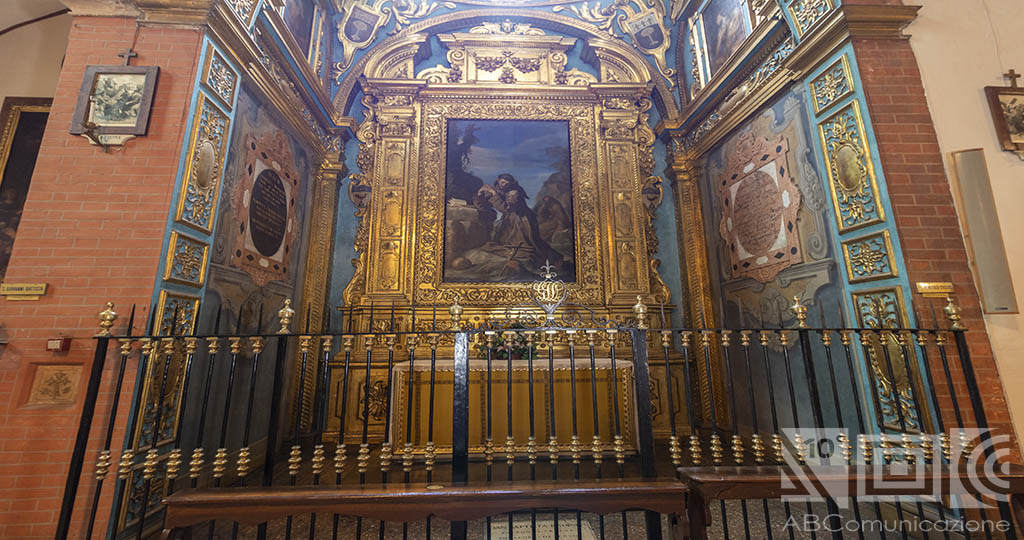
During the second half of the 16th century, Bartolomeo Cesi created a big group of frescoes, which now decorate the convent refectories. The central scene was repositioned on site in 1954 after the appropriate and necessary restorations. It is important to notice the majestic entrance door, sculpted by Nicola Donati, above which there is an eagle made of terracotta by Lorenzo Costa.
Not less worthy is the big circular window above the doors. Its glasses were painted by Francesco Del Cossa, on account of Annibale di Gabbione Gozzadini.
Renovation of San Giovanni in Monte: all the stages
In 1797 the french occupation of Bologna brought to an oppression of the religious order. Therefore, one of the most evident consequences was the transformation of the complex of San Giovanni in Monte. So, just like that, from a monastery it became a prison, which it remained for more than two hundred years.
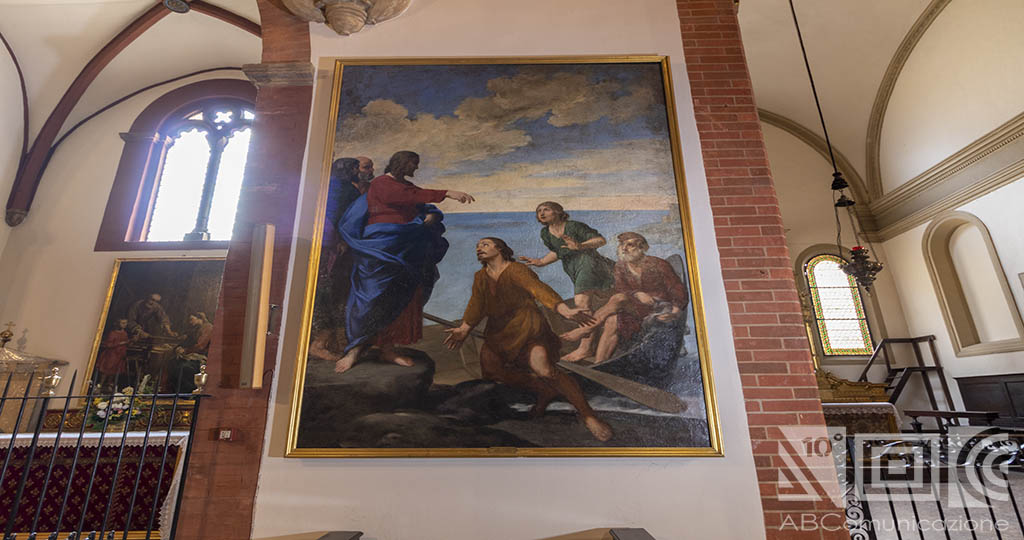
Today, as said before, it is one of the University campuses: for this reason, in recent times it has known another deep transformation of values.
The transformation of the Complex among time
San Giovanni in Monte was not a penitentiary, but a remand prison. In this space there were both people awaiting trial, and convicts who were waiting on their final sentence. In Italy it is not unusual to find this kind of situation: many places of sentence are collocated in religious buildings.
During the long history of San Giovanni in Monte as a prison, there were many bolognese characters that visited the complex. First of all, Lucio Dalla who, always with his guitar, filled of joy the prisoners giving them the possibility to imagine being free and to dig deep into the music.
If you are curious to know more about the history of Bolognese music, read our article Bologna City of Music.
In conclusion, San Giovanni in Monte was a prison in the heart of the city: place of a small-caliber crime, compounded by many characters and by a humanity nuanced in different gradations.
Analogy between different places: convent and prison
First as a convent then as a prison, the Complex had many uses and functions. If we analyse these in a deeper way, we can catch some elements that belong to both universes. These two are separated from the world. Even with the many changes, this place shows the signs and repetitive gestures that happened during the centuries. The cell was the theater where torment, loneliness, atonement and hope crossed the souls of those who lived there, either prisoners or church men.
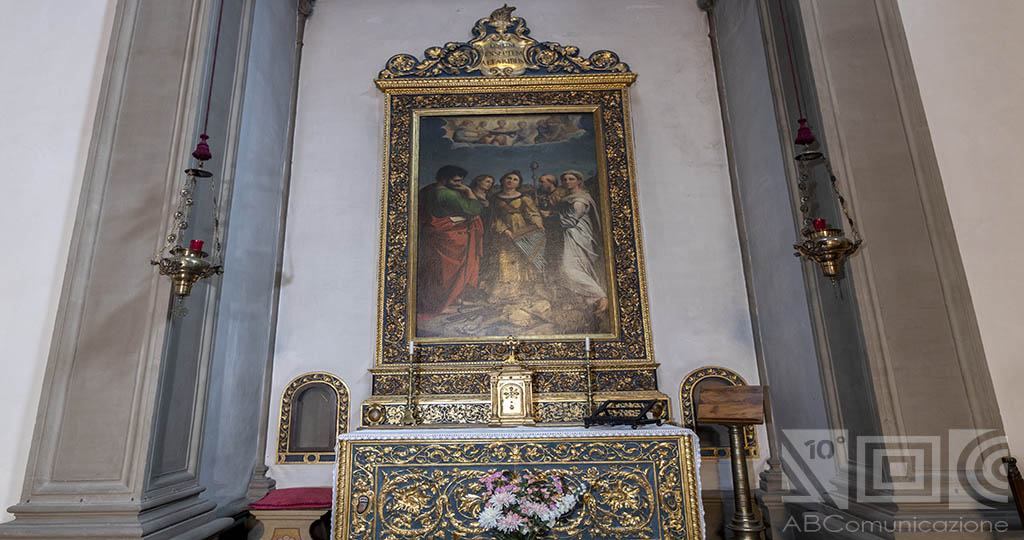
Another common characteristic is the absence of private property. As it is well known, monastic life is based on ideals of sharing and no property on material goods. As well for the prisoners, once they enter jail, they have to give up all their belongings: a dispossession of property reminiscent of secular religious rituals. Naturally, the abolition of the private sphere keeps being on the lookout even after entering the convent/prison.
Periodic inspections were made by the abbots in the monastery, and by the guards responsable in prison. These happened in the same way to be sure that none of them collected some personal objects during their stay.
Moreover, prisoners have to wear a uniform, and it reminds of the robes of religious men. These values like equality can be easily linked to the absence of material goods. Lastly, these two universes had in common the restriction to sleep with objects that might compromise the personal safety and promoting suicide.
The separation from the world, as choice or sentence, is furtherly enshrined by the limitation of both seeing family and friends, and of receiving visits without the permission of who is in charge.
San Giovanni in Monte: from prison to place of research and development
The prison is not only a punishment place, but it is also a model of social intervention to recover the normality of the subject.
Before the French army arrived in Bologna, the city was controlled by the church institution and its orders. After 1799, there was a progressive reduction of the Church heritage, with some auctioning of ecclesiastical property and real estate, such as monasteries. The selling of the convents in Bologna was an object of urban speculation. Therefore, most of these structures ended up in private hands, that ultimately destroyed the place.
Some convents and monasteries, like San Domenico and San Martino, became houses of the French army; others became bureaucratic offices like San Michele in Bosco or San Giovanni dei Celestini. Furthemore, more than a third of the convents were sold, entirely or partially, to citizens. They mostly preferred to destroy them, while others resold them or made them habitable.
It is in this period of changes that the Torrone di Palazzo prison was transferred partially in San Giovanni in Monte, and partially in the Complex of San Michele in Bosco.
Among all the operations from the Napoleon era, we remember the construction of a municipal cemetery. It was built in the convent, the one of San Girolamo dei Certosini. Maybe you know it as La Certosa, this cemetery became a place of pilgrims and is visited by many tourists.
San Giovanni in Monte and Unibo: new projects
In 1984 the prison was dismissed, and after almost two centuries the convent of San Giovanni Monte was granted, as a perpetual use, to Demanio of the State of University of Bologna. When the complex saw its end as a prison, it encountered its last function and became a space of knowledge, research and development, especially for Social Sciences. Just like that, the Department of Languages and the one of History, Paleography and Medievalism, Archeology represent the heart of research of the university. The first one has its headquarter in San Luigi, while the latter is located next to San Giovanni in Monte.
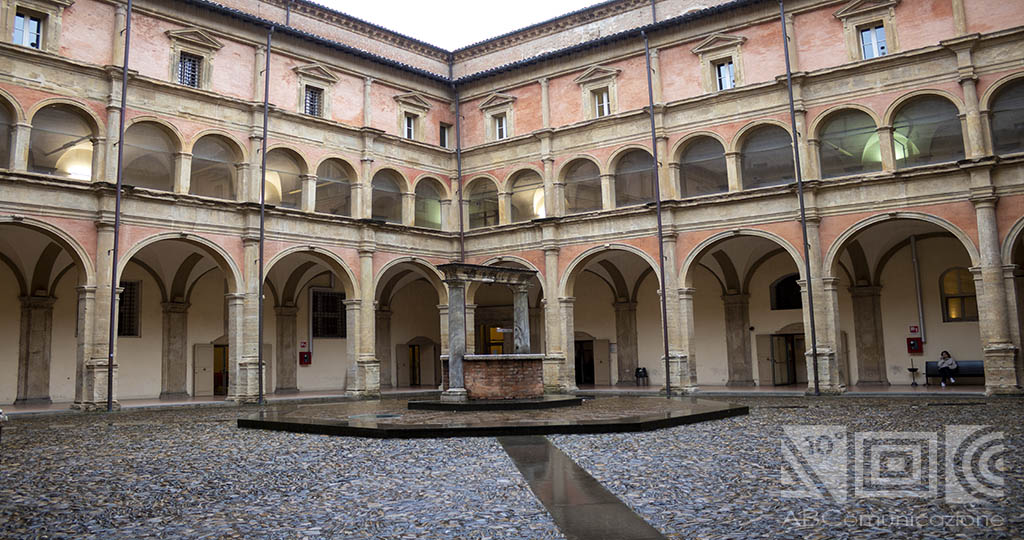
The restoration of the convents and project acropoli assumes an important existence: after 200 years the Complex has again its own function of culture and innovation. Indeed, historically the convents are the headquarter of culture, both from a more religious point of view and a scientific one. Suffice to mention the botanical gardens that were created and are now cured, in order to study plants from all over the world and to understand their application in everyday life.
In the 16th century, in full humanism, the convents became the place of university. For all these reasons, San Giovanni Monte is in the center of the university system: the conclusion of an important project, both to the University and the city. The entire plan of reconstruction was able to give back to this building the ability to communicate with its own lessic, that was hidden from the transformation and changes that occurred during the centuries.
Through historical research and philological sensibility, we were able to give back the voice and expression of this place.
An artificial hill
The problem of the origin of the hill where the Complex is located has been object of studies and debates. The first attestations were documented in early Middle Ages. It was defined as one of the most interesting historical and archeological unsolved cases of Bologna. This hill is the one who conserved the maximum altitude in the city, a part from Montagnola.
The Mount has its own origins, fully artificial and from old ages. This interpretation began to be in the scientist’s mind already in the 12th century. But the opinions were different and unagreed. When the complex started to be part of the University, the archeological studies began as well. Thanks to many different studies both industrial and manual, the final conclusion confirmed the hypothesis that the mount is artificial.
If you’re curious to know the story behind the important Sanctuary of San Luca, on the hill of Bologna, come read our article and discover all the legends around his history!
Bibliography
- Scannavini R. (a cura di), San Giovanni in Monte: fra storia e progetto. Progetto Acropoli, Bologna, Grafis Edizioni, 1992.
- Scannavini R. (a cura di), San Giovanni in Monte recuperato, Bologna, Grafis Edizioni, 1996.
- Zanotti, A.(a cura di), San Giovanni in Monte: Convento e carcere. Tracce e testimonianze, Bologna, BUP, 1995.




